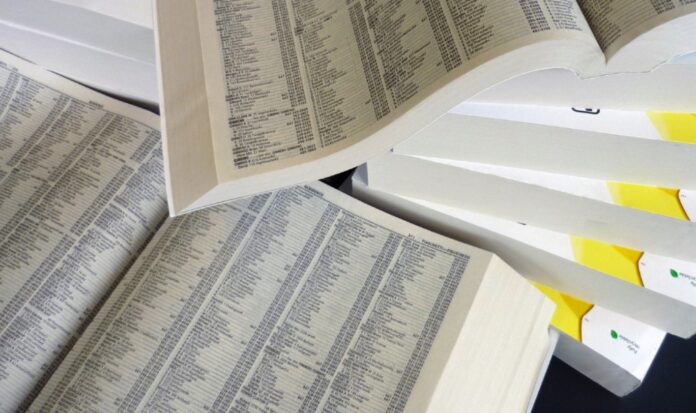
For those of us old enough to remember the days before the internet, the white pages telephone book used to be a staple of every household.
The book weighed three pounds — heavier than a dozen iPhones. Primarily used to look up phone numbers, it was also handy as a makeshift step or booster seat. Who else remembers when tearing up the phone book was almost as cool as bench pressing your nephew?
But those days are long gone. Since the dawn of the internet, the phone book has seen an enormous decline. But that’s not such a bad thing. Not only are online white pages more environmentally friendly, but they’re also easier (and quicker) to use!
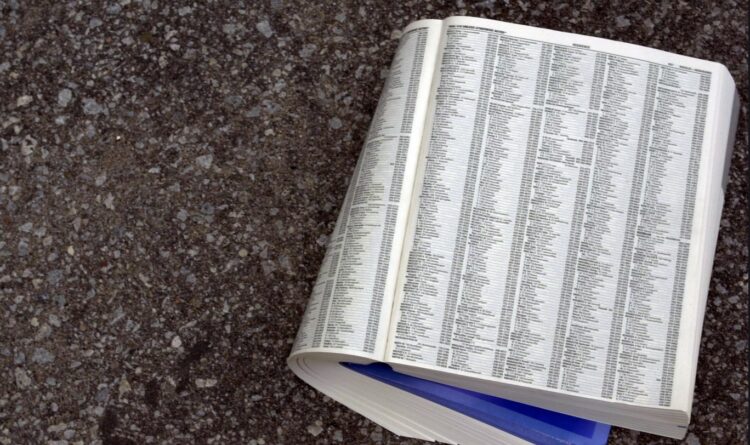
What Are White Pages?
The “white pages” was the name assigned to the telephone directory. Why are they called white pages? It’s simple: the paper they were printed on was white! Likewise, the yellow pages — a telephone directory for commercial businesses — was printed on yellow paper.
Originally published as a thick book packed with telephone numbers and distributed for free, white pages listings are now more popular online — and physical copies are almost extinct.

History Of The White Pages
Before we had phone books, the white pages were known as a city directory. Publication of these large books began in the 18th century.
Two years after Alexander Graham Bell invented the telephone, Connecticut became the first place to print a telephone directory. In 1878, residents of New Haven were presented with a single sheet of cardboard containing the names and numbers of 11 residences and 39 businesses. As more households adopted telephones, the demand for directories surged.
By 1921, Manhattan had printed over a million copies of the telephone book, and within five years, that number would increase six-fold. In 1938, AT&T commissioned a typeface designer, Chauncey H. Griffith, to create a small font that would remain legible, even if it was printed on low-quality paper. The text in phone books would often become illegible, as ink printed onto shoddy paper would often bleed.
Griffith invented the Bell Gothic sans-serif font, which could be printed at a very small size but remain readable. The font was custom-built to survive the printing process afforded to telephone books, and it was only replaced by Bell Centennial in 1978. After AT&T revolutionized telephone books by printing names and numbers in a much smaller font, the industry boomed.
For most of the 20th century, telephone books were the bread and butter of the printing industry. During this period, companies realized how profitable advertising in the white pages could be. This paved the way for the catalog industry, which hit its apex during the 1980s and declined after the creation of the internet (although it’s arguable that catalogs paved the way for retailers like Amazon).
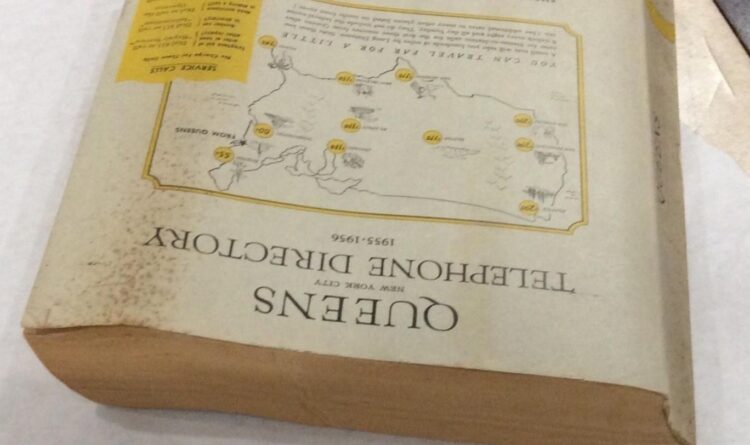
During its heyday, Americans could find themselves with an assortment of 10 volumes being delivered to their door at any given time. “It is a shopping mall in print,” one advertising hotshot gushed to the New York Times in 1987.
A decade later, cell phones and the internet began to go mainstream — and with it began the decline of the phone book. Telephone directories migrated online in April 1996.
Less than 10 years later, the telephone book was all but obsolete. Between 2005 and 2008, demand for the white pages books fell from 25% to 11%. By 2010, many states opted out of printing them, and in 2011, 70% of adults “rarely” or “never” used a printed phone book, choosing to use the internet instead.
This was good news for the environment, as telephone books had been a huge contributor to environmental pollution. With their thick binding and low-quality paper, phone books frequently clogged the mechanisms that churned them into chunks for recycling. An estimated 4.68 million trees were used annually to print telephone books. According to the Environmental Protection Agency in 2009, only 37% were recycled. Most phone books went into landfills or the incinerator, costing taxpayers approximately $60 million a year.
Greenhouse gas emissions from producing phone books were also pretty grim; 1,474,000 metric tons of gases were released into the atmosphere thanks to printing phone books. The production of these big books also required an additional 44.2 billion liters of water.
In 2017, most states have outlawed the production of phone books, leaving consumers to use the internet to find information quickly and more efficiently!
Reverse Phone Lookups
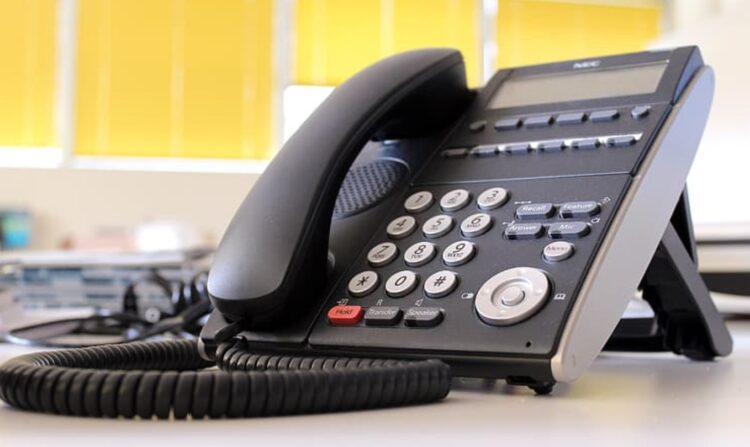
Prior to the invention of caller ID, identifying an unknown phone number wasn’t a priority for most Americans. If you did need to look up the identity behind a phone number, you had to go to the local library and access the “gray pages.” Definitely a drag if you wanted to quickly look up the name behind a number!
But as cell phones became ubiquitous in the noughties, the demand for reverse phone lookups skyrocketed.
Instant Checkmate could be found online. As technology became more advanced, so did the scope of available information. From just a phone number, curious recipients of an unknown call could discover a staggering amount of information about their caller.
With a reverse phone number lookup, you can reveal the following information on a person with just a phone number!
Personal Information: A reverse phone lookup provides immediate clarity about a mystery caller. In the very first section of your report, you can quickly learn about the caller’s personal information, which may include the following details:
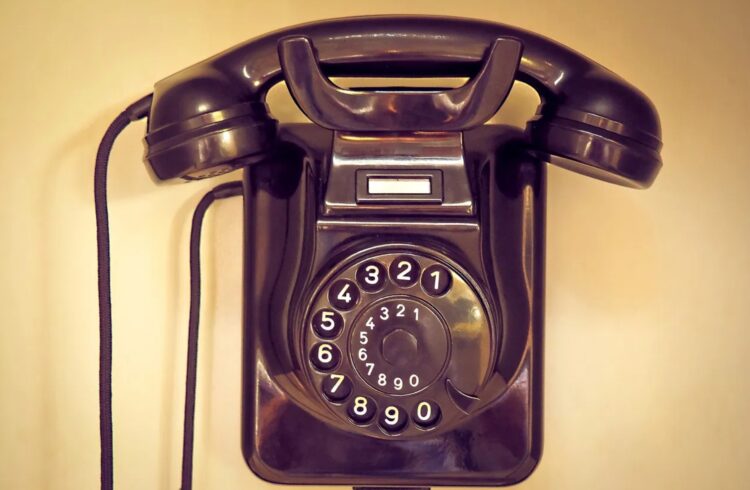
Phone owner name: Find out the name of who has been calling you!
Possible photos: What does this caller look like?
Jobs and Education: The next section dives deeper. Find out where your caller works or where they went to school — with just a phone number!
Could an old high school buddy be calling to tell you about a class reunion? Perhaps it’s a career scout about to offer you a dream job! With a reverse phone lookup, you can decide who deserves an immediate callback!
Social Media Profiles: You were waiting in line at the checkout counter when a cute stranger slipped you their digits. Should you call them?
Run a reverse lookup first, just to make sure there’s nothing shady hiding in their social media profiles … like a secret spouse.
One of the most common uses for a reverse phone lookup is to find out if your romantic partner is cheating on you. Has your partner received strange texts or phone calls late at night? Run those digits through a reverse phone lookup, and scan through their social media accounts to put together the pieces of the puzzle.
If the “dry cleaner” has been calling your sweetheart at 2 a.m. on a Friday, and Instant Checkmate reveals that the “dry cleaner” is a hot co-worker, they’ve got some explaining to do!
If you want to run your own reverse phone lookup on an unknown number, click here!
Public Records vs. White Pages

Reverse phone lookups are great when it comes to identifying an unknown caller. But what should you do when you want to find a phone number? What if you hate the phone and prefer to use email instead? Try using a public records finder instead.
Instant Checkmate can compile public records into one easy-to-read report in a matter of minutes. You can easily find information, like phone numbers or email addresses, without the hassle of combing through hundreds of pages. Plus, you’ll get access to information you can’t easily find in the regular white pages, like location history, criminal records information, and more.
Try it now! Just enter any name below to get started.











